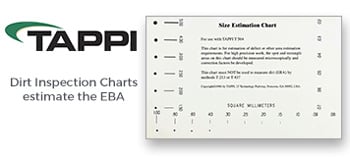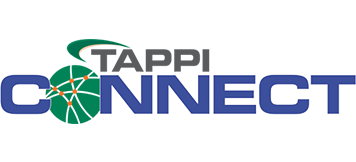Application of ATR-IR measurements to predict the deinking efficiency of UV-cured inks, TAPPI Journal January 2022
Application: The developed method can determine the deinkability level of UV-printed products simply by analyzing the surface of those prints. Thus, it can be useful for incoming quality control in mills.
TAPPI conference proceedings and presentations, technical papers, and publication articles provide technical and management data and solutions on topics covering the Pulp, Paper, Tissue, Corrugated Packaging, Flexible Packaging, Nanotechnology and Converting Industries.
Simply select the quantity, add to your cart and your conference paper, presentation or article will be available for immediate download.





